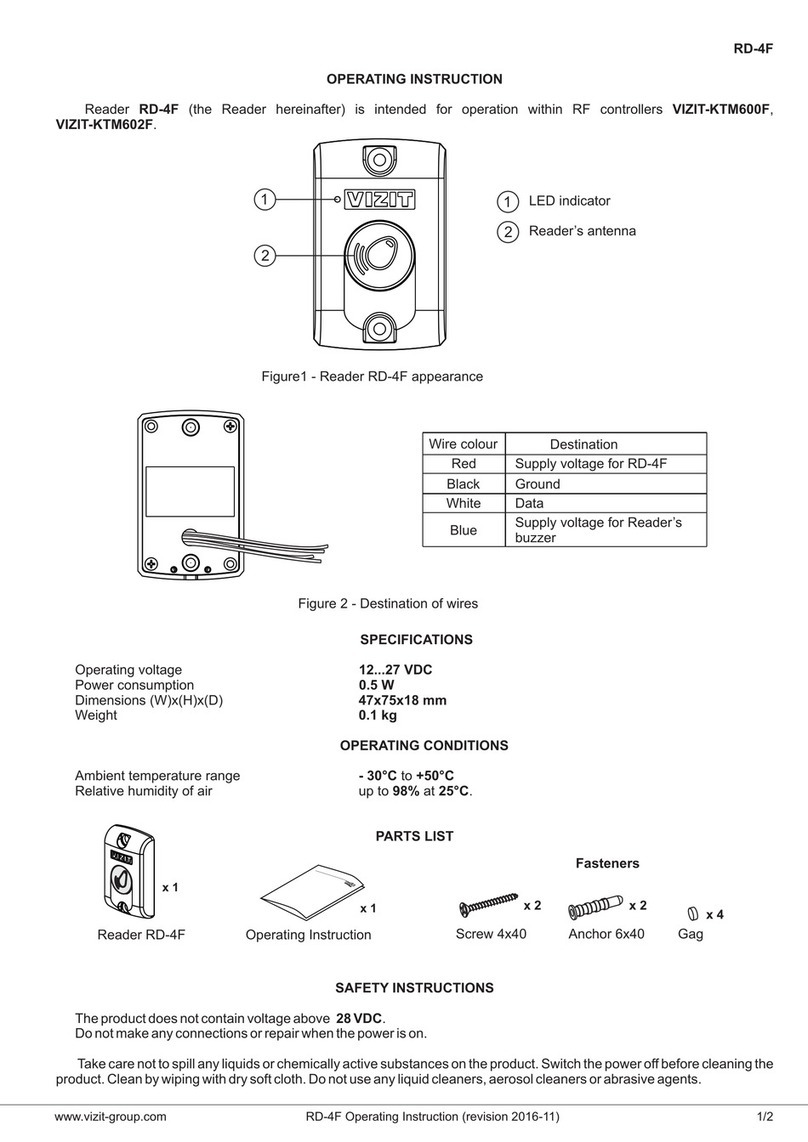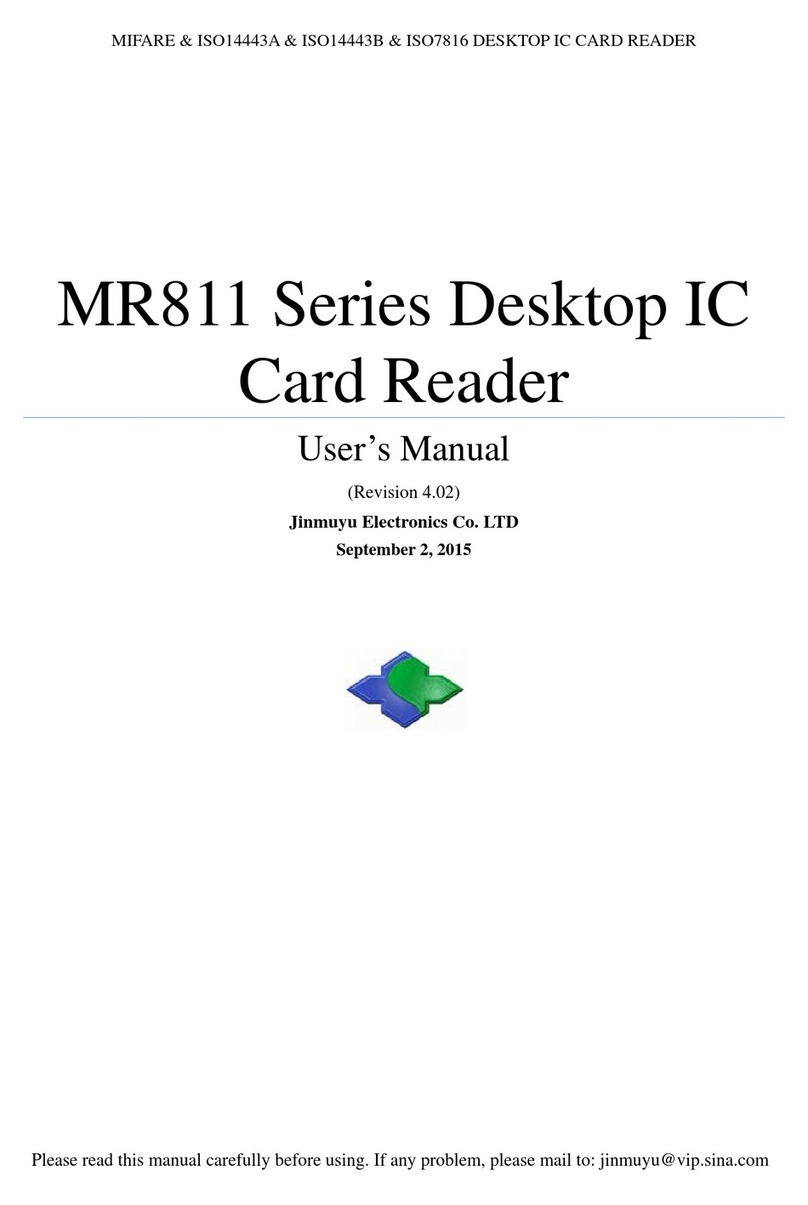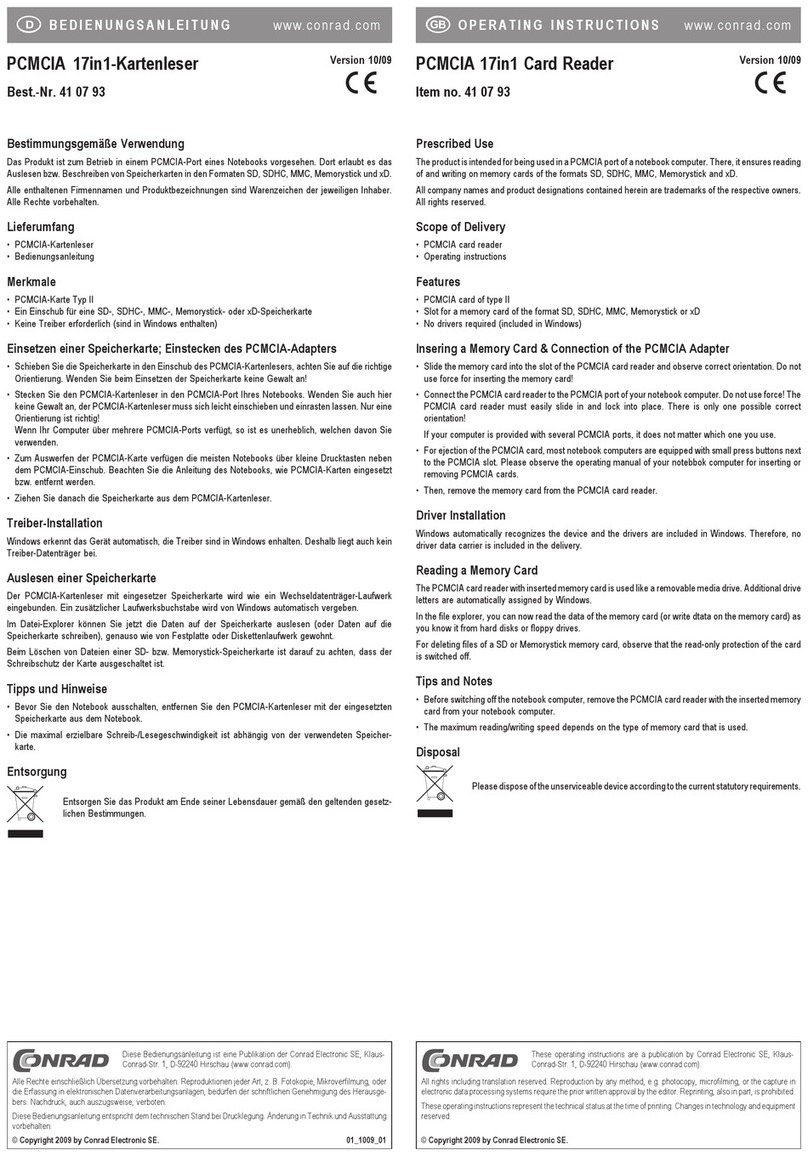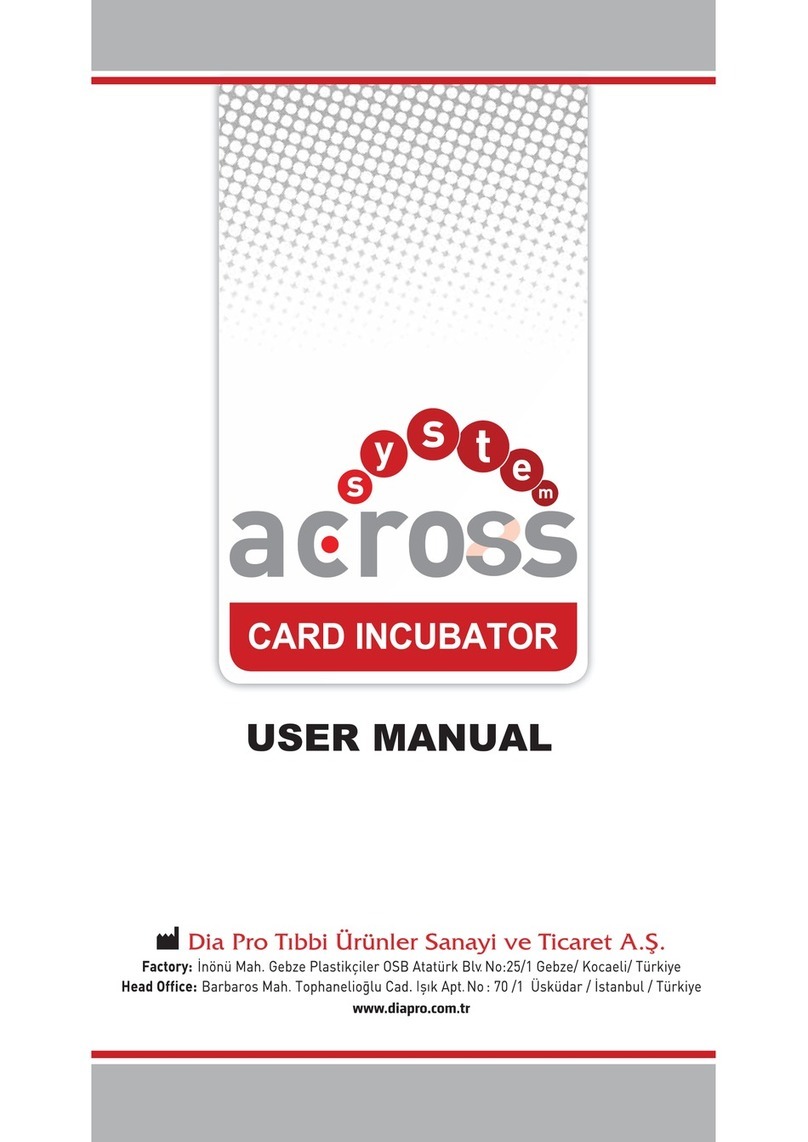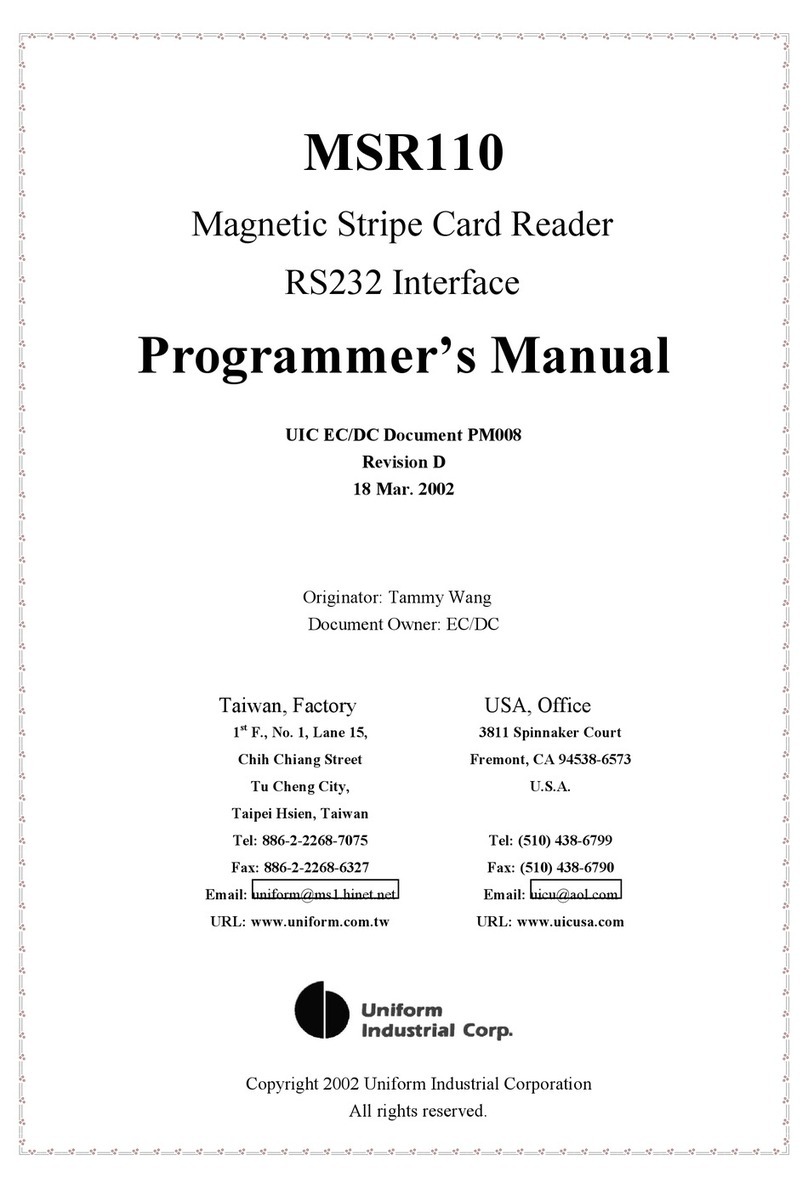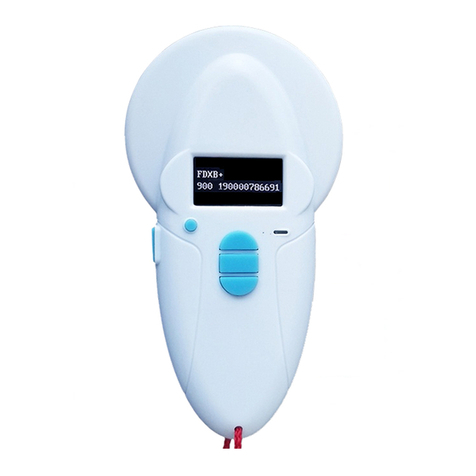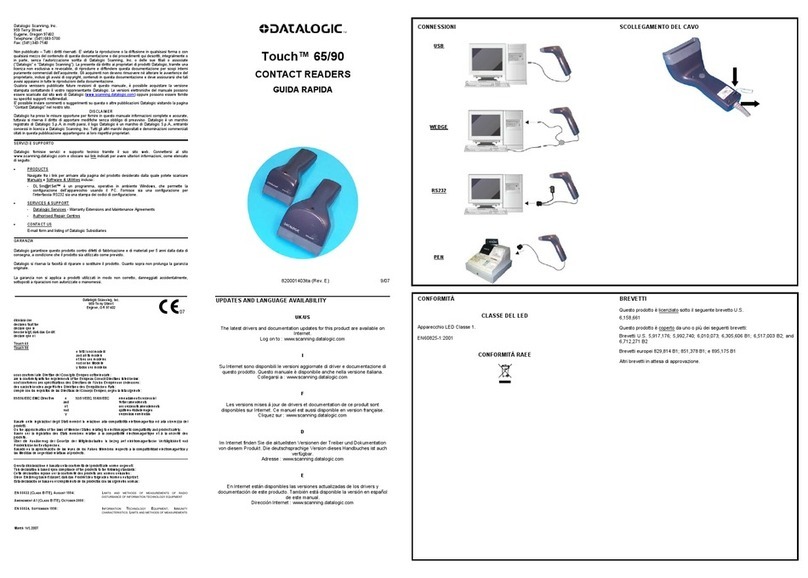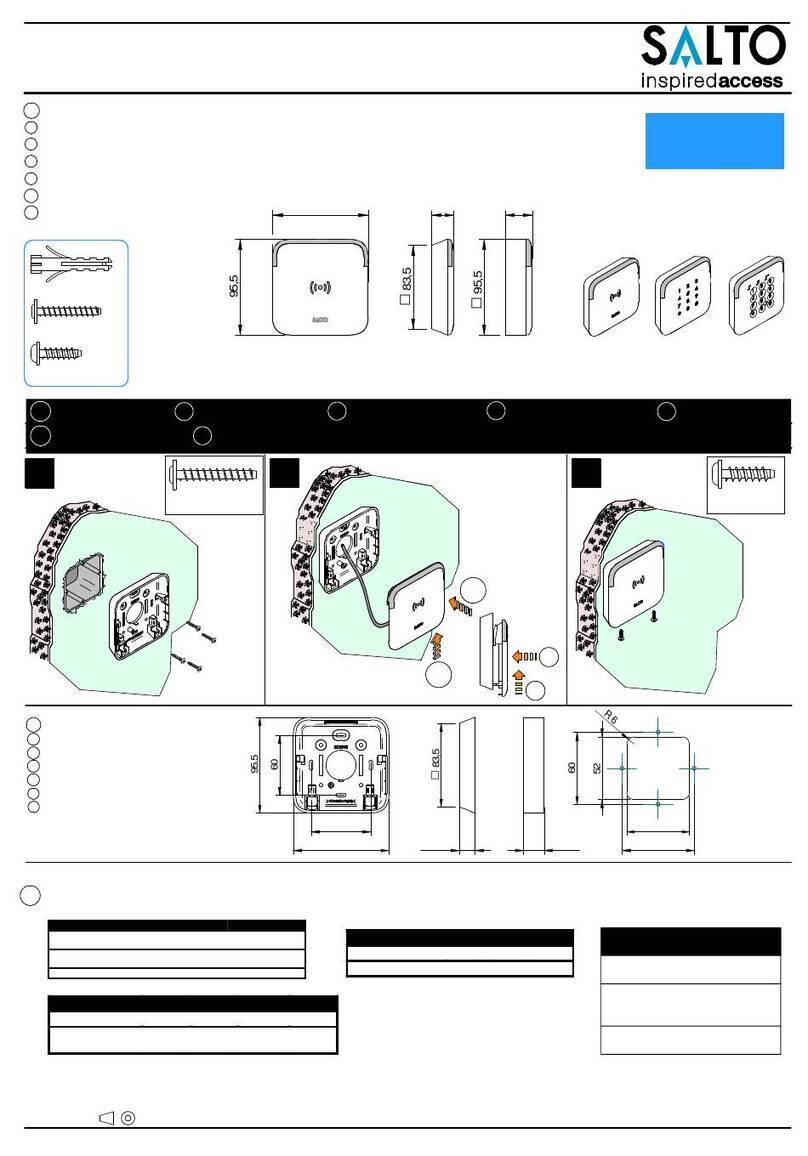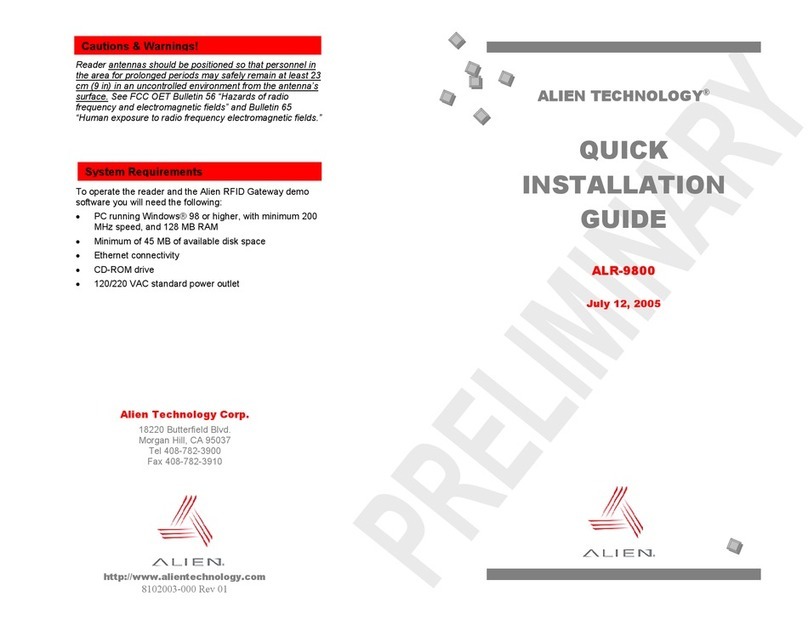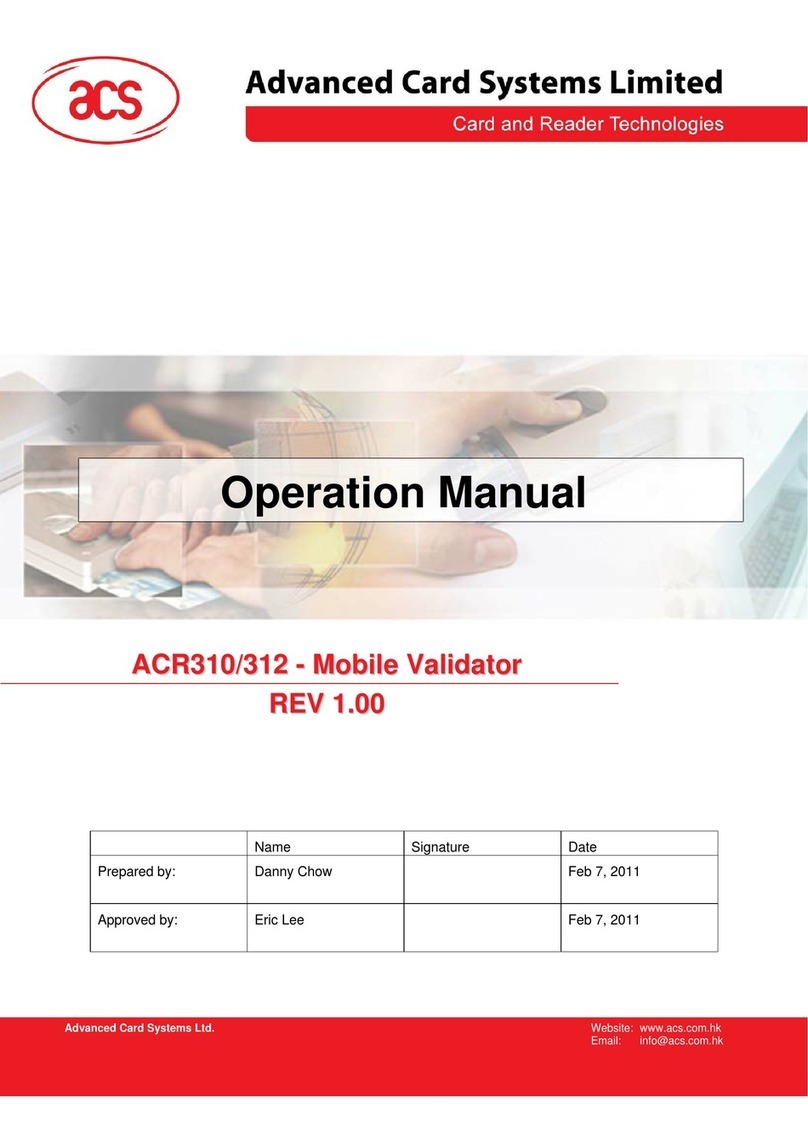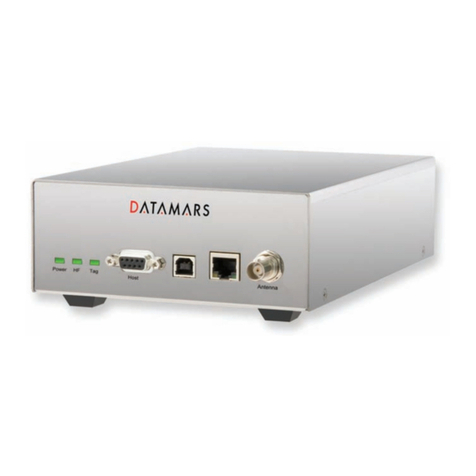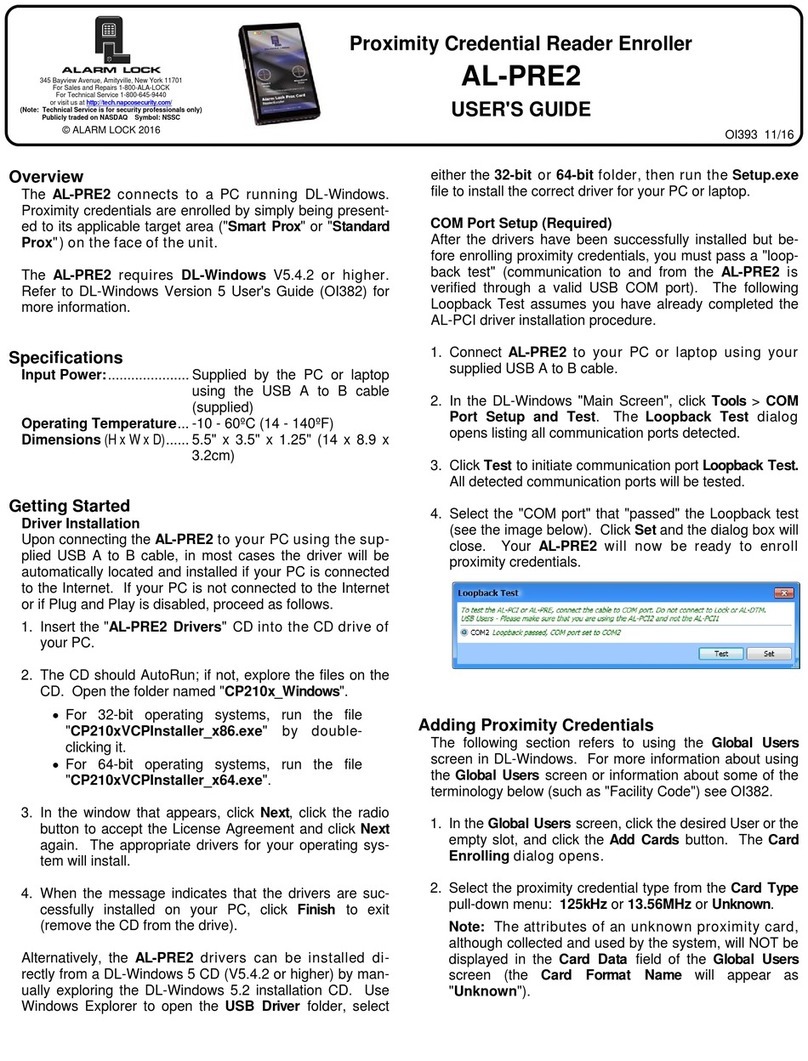
UIC680 Programmer’s Manual UDN PM090-C2 Rev. 2.3
Sending card data under the Self-Arm mode: ...................................................................... 4-4
Details of the Payment Card Tracks Data ............................................................................ 4-6
Track 3 Data Format...................................................................................................................... 4-6
Track 4 Data Format.................................................................................................................... 4-11
Section 5 : Commands and Responses........................................................5-1
5.1 Reader Command Description ........................................................................ 5-1
% (25H) – Retransmit ........................................................................................................... 5-1
70 (37H30H) or 90 (39H30H) – Serial Number Report ........................................................ 5-1
71 (37H31H) or 91 (39H31H) – Copyright Report................................................................ 5-1
7A (37H41H) or 9A (39H41H) – Module Version Report...................................................... 5-1
? (3FH) – Select Verbose Responses Command ................................................................ 5-2
$ (24H) – Reader Status Request ........................................................................................ 5-2
# (23H) – Configuration Request.......................................................................................... 5-3
<CAN> (18H) – Clear Data Buffer ........................................................................................ 5-4
<DC2> (12H) – RS232 pass through enable (optional) ....................................................... 5-4
<7FH> – Warm Reset........................................................................................................... 5-4
P (50H) – Arm to Read ......................................................................................................... 5-5
p (70H) – Arm to Read (Used for Manufacturing Test Only)................................................. 5-5
<ESC> (1BH) – Abort Arm to Read ...................................................................................... 5-5
Q (51H) – Transmit Track 1 data .......................................................................................... 5-5
R (52H) – Transmit Track 2 data .......................................................................................... 5-5
S (53H) – Transmit Track 3 data........................................................................................... 5-5
U (55H) – Transmit Track 4 data .......................................................................................... 5-6
H (48H) – Self-Arm function disable/enable ......................................................................... 5-6
5 (35H) – Set RTC Time ....................................................................................................... 5-7
B (42H) – Buzzer Beep control............................................................................................. 5-9
I (49H) – Load RSA Key ..................................................................................................... 5-10
T (54H) – Transaction Command ....................................................................................... 5-11
w (77H) – Exception File .................................................................................................... 5-12
5.2 Contactless Card Operation Command Description ....................................5-13
G (47H) – ISO 14443 Type Protocol Select ....................................................................... 5-13
O (4FH) – Antenna power ON ............................................................................................ 5-13
o (6FH) – Antenna power OFF ........................................................................................... 5-13
b (62H) – Request .............................................................................................................. 5-14
c (63H) – Anticollision(type A)/Slot-MARKER(type B) ........................................................ 5-14
f (66H) – Select(type A)/Attrib(type B) ................................................................................ 5-15
Copyright © 2012, Uniform Industrial Corp. All Rights Reserved IV
